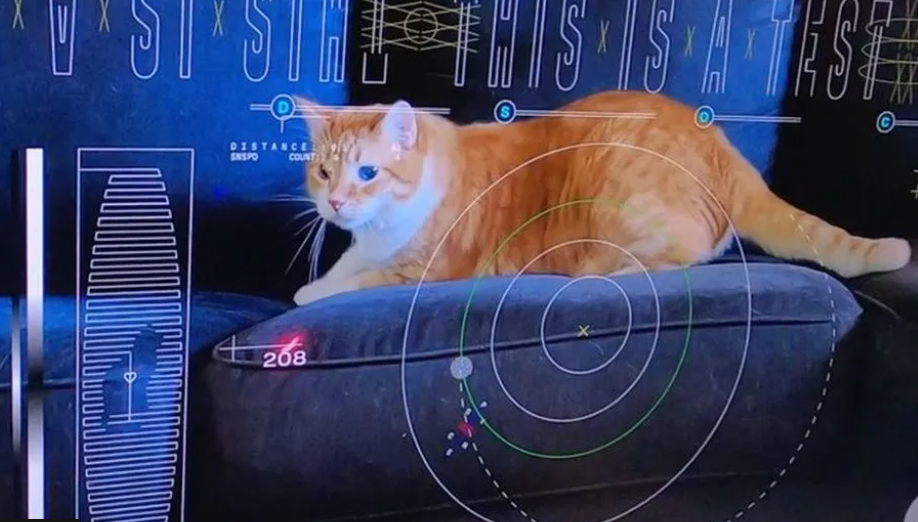NASA Transmits Cat Video from Deep Space using Laser Technology
NASA has successfully sent an ultra-high-definition video featuring a cat from the vastness of space back to our planet.
The 15-second footage of Taters the cat, transmitted through a laser, appropriately displays the feline pursuing a laser beam.

The video featuring the orange tabby journeyed 19 million miles—approximately 80 times the Earth-Moon distance.
The space agency aims to refine communication in far-off regions of the solar system by testing this laser technology.
Taters, who stayed on Earth, is owned by a NASA Jet Propulsion Laboratory (JPL) employee in California.
The video was uploaded to a spacecraft which launched via SpaceX’s Falcon Heavy rocket from Florida’s Kennedy Space Center on October 13 and streamed on December 11.
According to JPL electronics lead Ryan Rogalin, the footage was transmitted from millions of miles away “faster than most broadband internet connections.”
The Hale telescope at the Palomar observatory received and downloaded the video, which was subsequently streamed to JPL and played in real-time.
Rogalin mentioned that transmitting the clip from the Palomar observatory to JPL’s base was slower than sending it from space.
“JPL’s DesignLab did an amazing job helping us showcase this technology. Everyone loves Taters,” he added.
The video is available to watch on YouTube.
JPL demonstration project manager Bill Klipstein stated that overlaying technical mission information, breed, heart rate, and age onto the video made “this significant event more memorable.”
NASA’s experiment is part of their Deep Space Optical Communications (DSOC) mission—NASA’s first investigation into communication schemes extending beyond Earth-Moon distances.
DSOC analyzes technologies capable of providing increased bandwidth content from deep space to Earth as radio frequencies face difficulties in transmitting large volumes of high-quality images and videos across long distances.
NASA deputy administrator Pam Melroy emphasized that “increasing our bandwidth is essential to achieving our future exploration and science goals,” adding that they anticipate the ongoing advancement of optical communication technology, transforming communication during interplanetary missions.
